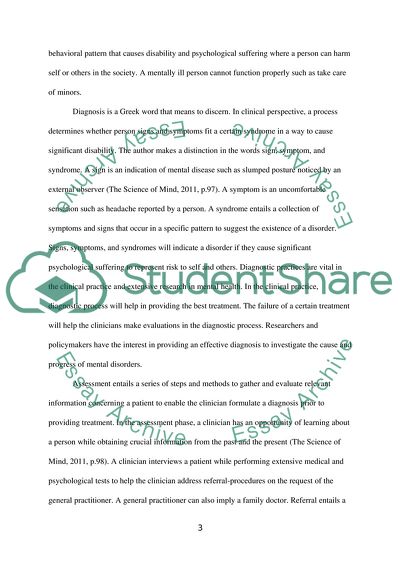Cite this document
(The diagnostic process in mental health Essay Example | Topics and Well Written Essays - 1000 words, n.d.)
The diagnostic process in mental health Essay Example | Topics and Well Written Essays - 1000 words. https://studentshare.org/medical-science/1844548-the-diagnostic-process-in-mental-health
The diagnostic process in mental health Essay Example | Topics and Well Written Essays - 1000 words. https://studentshare.org/medical-science/1844548-the-diagnostic-process-in-mental-health
(The Diagnostic Process in Mental Health Essay Example | Topics and Well Written Essays - 1000 Words)
The Diagnostic Process in Mental Health Essay Example | Topics and Well Written Essays - 1000 Words. https://studentshare.org/medical-science/1844548-the-diagnostic-process-in-mental-health.
The Diagnostic Process in Mental Health Essay Example | Topics and Well Written Essays - 1000 Words. https://studentshare.org/medical-science/1844548-the-diagnostic-process-in-mental-health.
“The Diagnostic Process in Mental Health Essay Example | Topics and Well Written Essays - 1000 Words”. https://studentshare.org/medical-science/1844548-the-diagnostic-process-in-mental-health.


